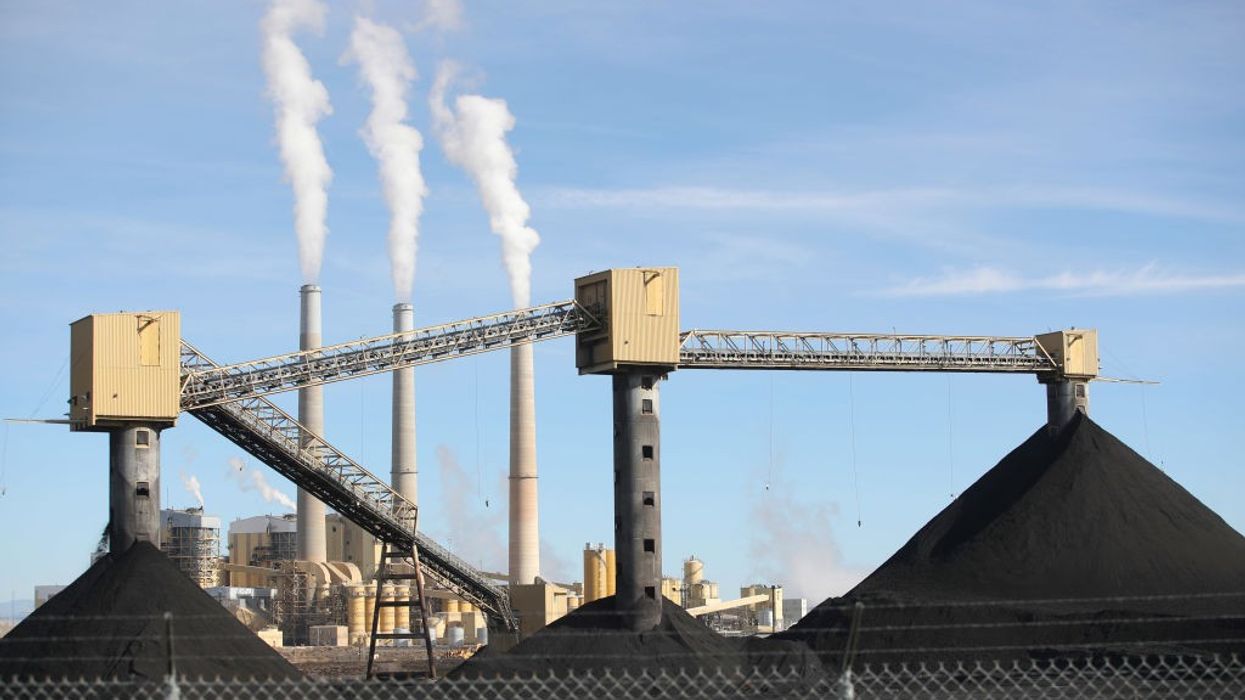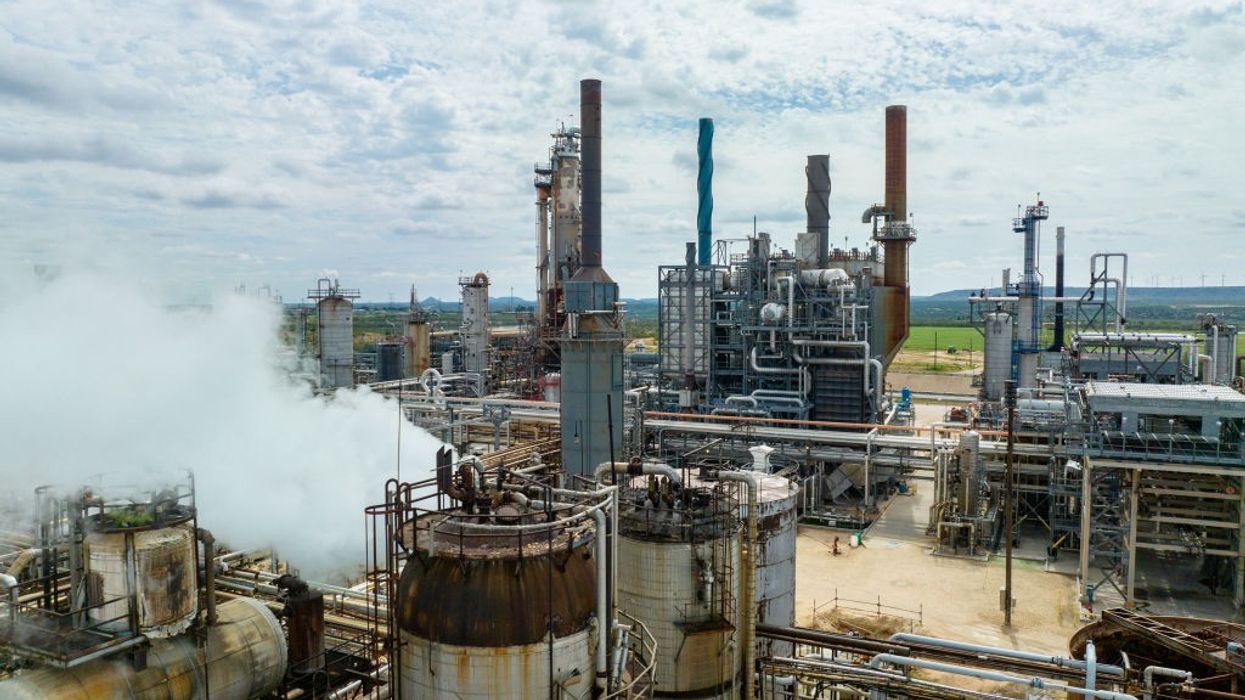Critics Warn Trump Plan for 'Zombie' Coal Plants Will Make Energy Dirtier and Costlier
"The Trump administration is once again putting its thumb on the scale to help old, dirty power sources at the expense of air quality, public health, and higher energy bills," said one opponent.
Green groups warned Tuesday that the Trump administration's plan to invoke a bogus "energy emergency" in order to keep old, polluting coal-fired plants running will make electricity generation dirtier and more expensive while failing to produce enough power to keep up with surging demand.
On Tuesday, the U.S. Department of Energy published a resource adequacy analysis that includes plans for boosting fossil-fueled electricity generation, including at coal-fired plants. The report cites President Donald Trump's executive orders declaring a national energy emergency and strengthening the reliability and security of the nation's electric grid, and highlights the DOE's plan to classify aging fossil fuel plants as critical to system reliability. The administration is also likely to continue invoking Section 202(c) of the Federal Power Act and the Defense Production Act in order to extend the lifespans of older fossil fuel plants.
Although the analysis acknowledges that "old tools won't solve new problems," its methodology supports keeping expensive and polluting coal plants in operation. Dirty coal plants that continue to operate despite economic inefficiencies are sometimes called "zombie" plants.
"More clean energy will make the U.S. grid stronger, more reliable, and more resilient."
Not only does the report fail to state that the burning of fossil fuels is the leading driver of the climate emergency, it does not even mention the word "climate" once in its 73 pages. This tracks with the Trump administration's long-standing proscription of the term "climate change."
"The methodology released today is another attempt to push the false narrative that our country's energy future depends upon decades-old coal and gas plants, rather than clean renewables," said Sierra Club senior attorney Greg Wannier. "The only energy crisis faced by the American public is the catastrophic increase in costs that the Trump administration is forcing on the country's ratepayers."
Wannier noted that the Federal Energy Regulatory Commission and states "are already well equipped to meet any projected resource needs through the existing regulatory process, which ensures that electricity demand is reliably met at the least public cost."
"Any effort by DOE to override this process to forcibly keep coal plants online past their planned retirements would be an extraordinary and unlawful overreach of its regulatory authority," Wannier added. "It would be particularly harmful and costly to the communities living near these power plants who face the possibility of continued exposure to toxic levels of air and water pollution."
Ted Kelly, director and lead counsel for U.S. clean energy at the Environmental Defense Fund, said Tuesday:
The Trump administration is once again putting its thumb on the scale to help old, dirty power sources at the expense of air quality, public health, and higher energy bills for American families and businesses. This time it has issued a methodology that uses dodgy accounting to ignore all the clean energy we have at our disposal—including solar, wind, and battery technologies that are helping meet our nation's energy needs and support the reliability of our electric grid—in order to make a bogus case that these old, dirty power plants are needed. The administration's deeply flawed approach can't hide the fact that clean energy resources are helping keep lights on and lower electricity bills across the country, while keeping old, dirty power plants on life support will mean higher power bills for families and more toxic, cancer-causing pollution in the air we breathe.
The Trump administration has already used the nonexistent energy emergency in a push to fast-track fossil fuel permitting, keep fossil-fueled plants operating, and to wage lawfare against Democrat-controlled states trying to hold Big Oil financially accountable for its role in causing the climate emergency. In 2017, the first Trump administration also moved to bail out financially floundering coal and nuclear plants.
"No matter how they try to gussy it up, bailing out coal or other fossil fuels when low-cost solar and wind power is growing so quickly makes even less sense today than it did in 2017 when the previous Trump administration tried it before," Kit Kennedy, managing director for power at the Natural Resources Defense Council (NRDC), said in response to the DOE plan.
"It's ironic that the Energy Department is warning about reliability just days after Republicans in Congress repealed the clean energy tax credits," Kennedy added, referring to a provision in the so-called One Big Beautiful Bill Act signed by Trump on Friday.
NRDC cites analysts' predictions that the legislation will reduce additions of the electricity needed to meet rapidly growing demand and raise wholesale electricity prices as much as 25% by 2030 and up to 74% by 2035.
"More clean energy will make the U.S. grid stronger, more reliable, and more resilient—all while saving consumers money on their electricity bills," Kennedy said. "Bailing out old, dirty coal, gas, and oil plants would mean higher costs and a less reliable grid."


